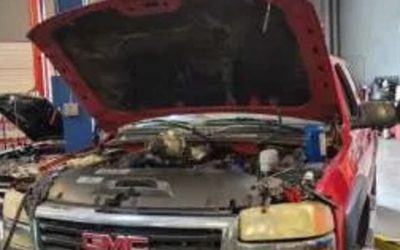A clutch is a necessary component for a car fitted with a manual transmission, without a clutch the car could really not go anywhere as the car could not be brought to a full stop while the engine was running nor could you shift gears. Clutches are also used in automatic transmissions but they are not activated manually such as is the case with a manual transmission.
How does a clutch work?
For being such an important component, it actually is quite simple. A car equipped with a manual transmission needs the operator to engage and disengage it via the foot pedal located at the driver’s feet; a torque convertor does the same thing when the car has an automatic transmission. When the clutch is disengaged a plate comes away from the flywheel, the engine can continue to rotate while the car remains stationary. Once the clutch is released, the friction plate engages with the flywheel and the engine RPM is transferred to the transmission. There is a great deal of heat generated because the clutch operates with friction, steel plate manufacturers are fully aware of the operating conditions and design the clutch plate accordingly.
Major components in a typical clutch:
- Disc: The disc is made from organic materials which are bonded together or they can be made from high performance materials such as Kevlar. The sole objective of the disc is to provide a seamless transition from full stop to acceleration. The clutch disc used in performance vehicles has less slip which ensures a very quick transfer of engine power to the wheels via the transmission.
- Pressure plate: The pressure plate applies pressure to the disc; it presses it up against the rotating flywheel on the end of the crankshaft. A diaphragm type is used when the vehicle is manufactured, high performance versions are used for racing.
- Flywheel: The flywheel is actually part of the engine but is necessary to transfer engine power to the transmission via the clutch; it also dissipates the heat generated by clutch disc friction.
Steel plate manufacturers, knowing the operating conditions, ensure that their product is manufactured to exacting tolerances to ensure long life and excellent vehicle performance.



